The previous report outlined the equipment selected for our hybrid solar power system. This report will describe installation and the next report will describe operation and performance.
Installation
We had the system installed by American Solar and Alternative Energies last June.
americansolarenergies.com/american_solar_energies/
They arrived bright and early with a large crew so they were able to complete the installation in one long day. There was one crew on the roof installing the rails and panels, two electricians installing and wiring the SkyBox and a crew on the ground hoisting the panels up to the roof and installing a grounding rod for the system.
The SkyBox and the battery bank are located in the utility area where power enters the house.
The next report will discuss performance.

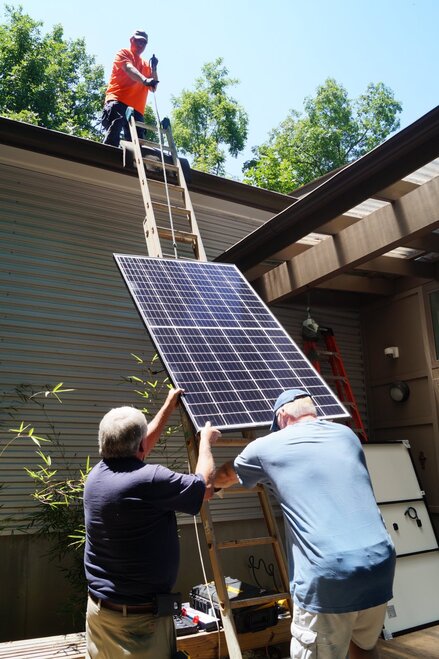
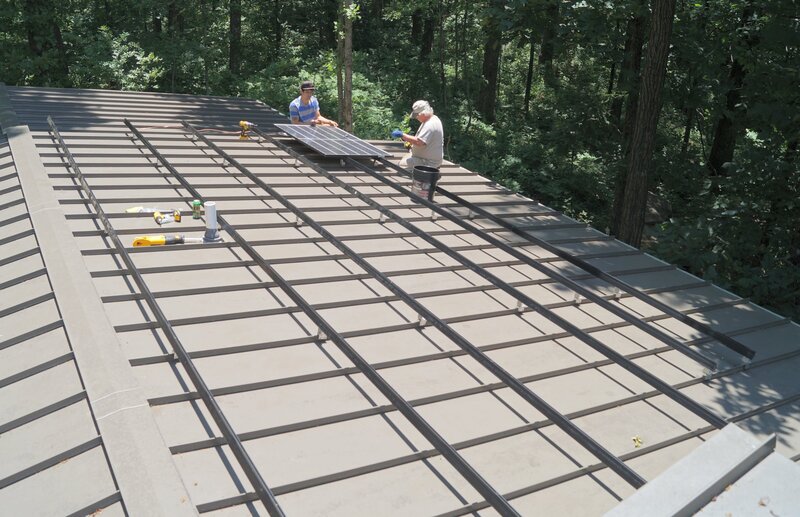
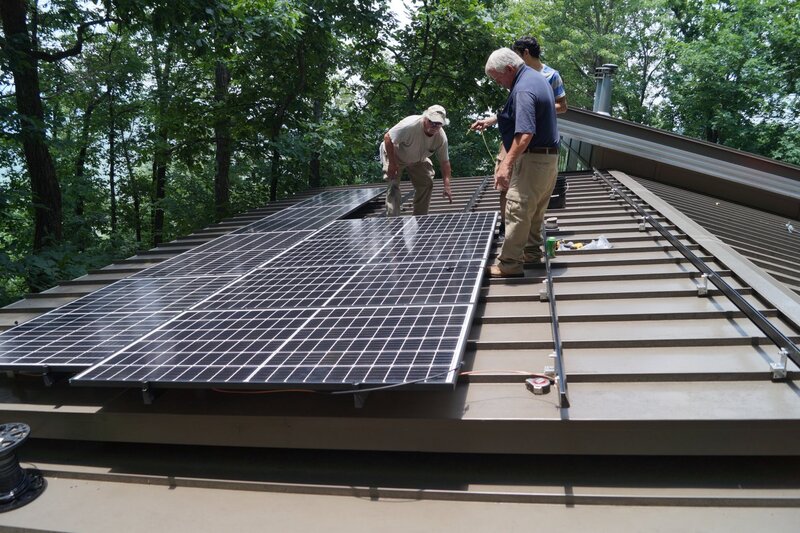
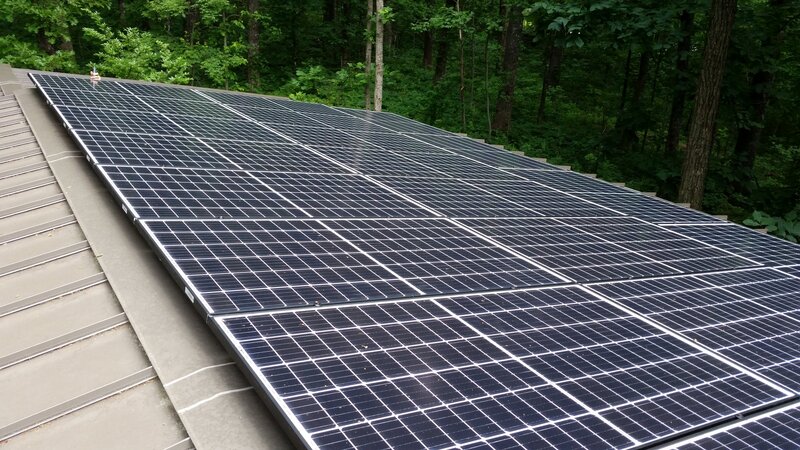
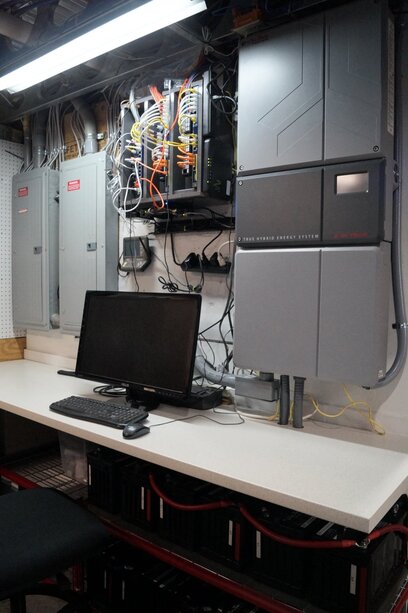
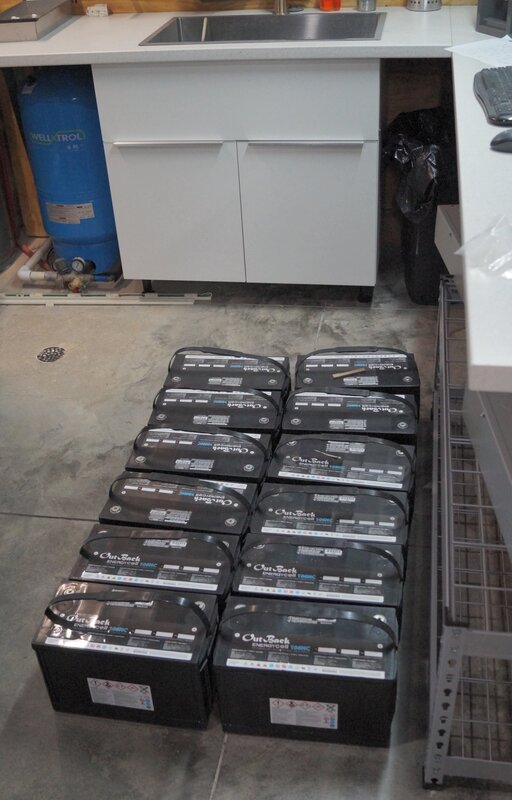
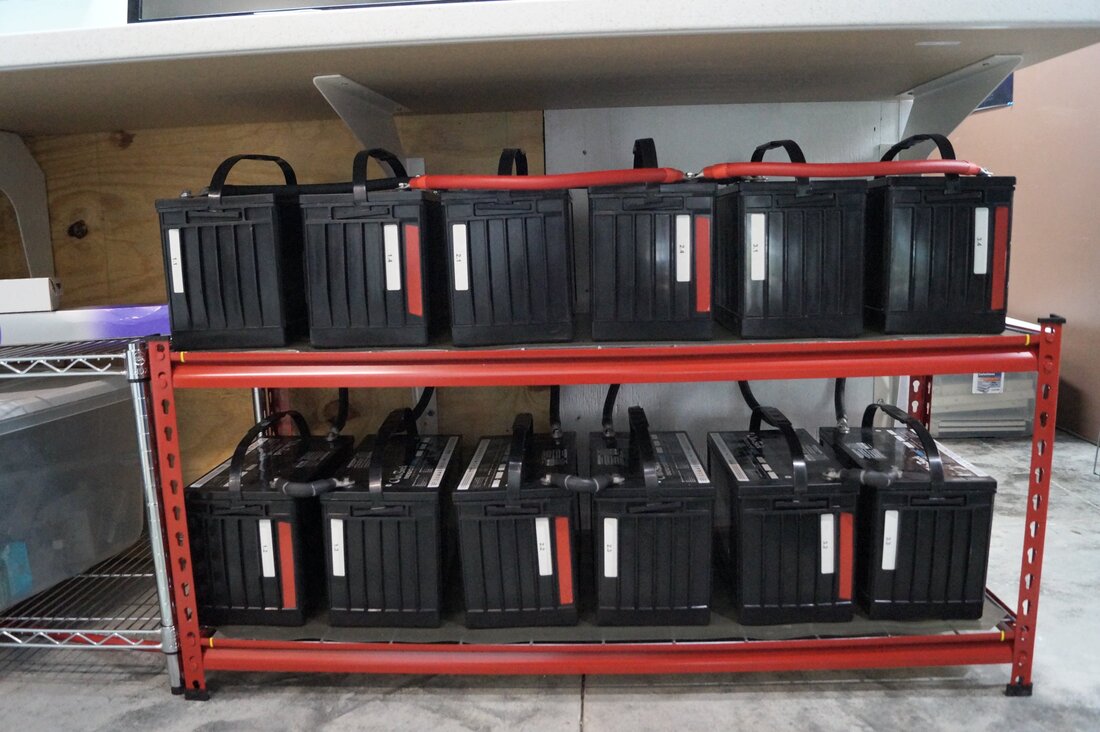
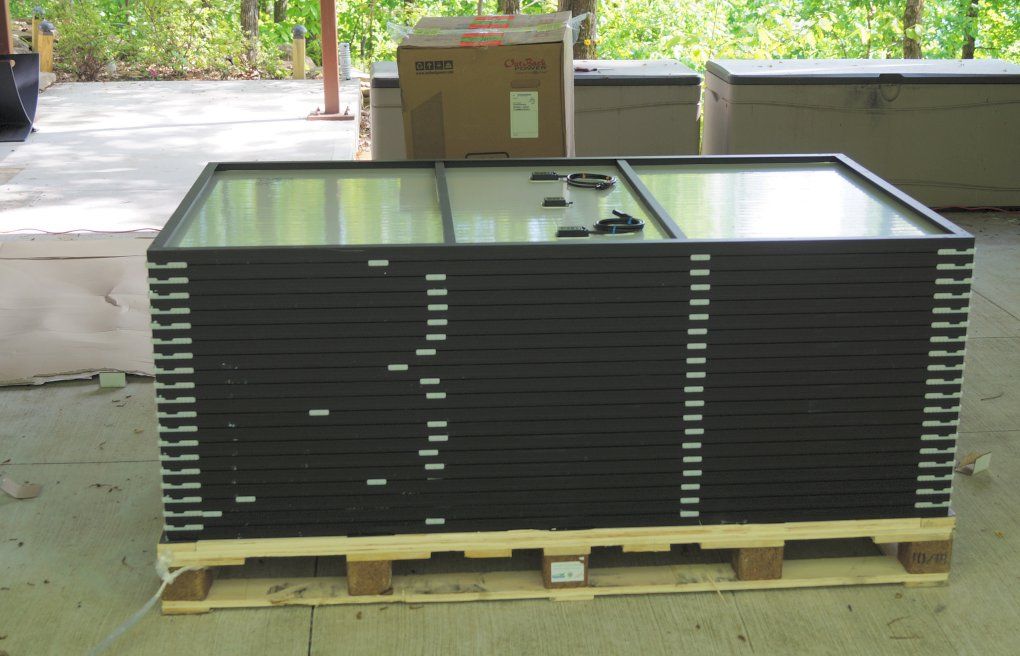
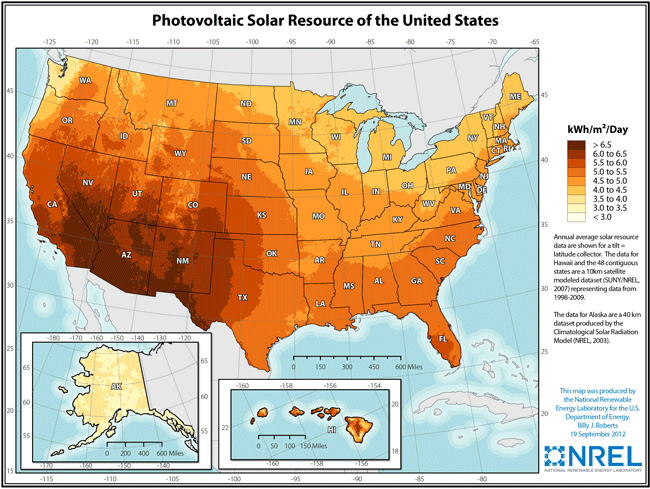
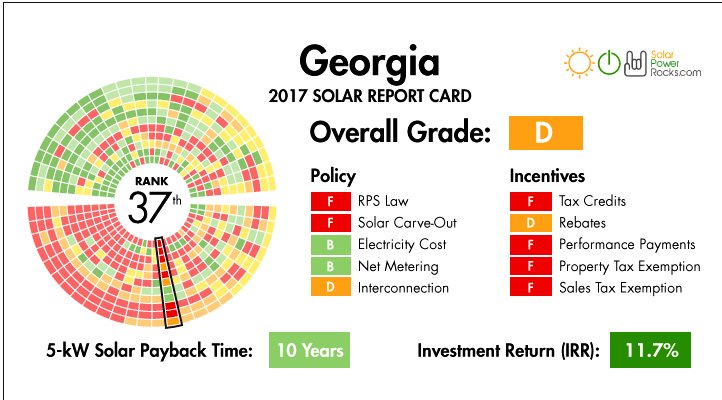
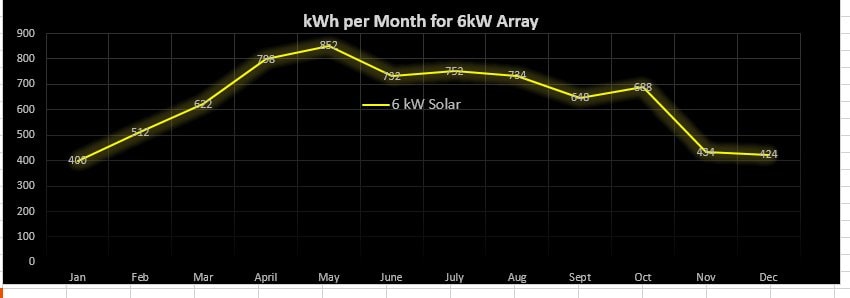
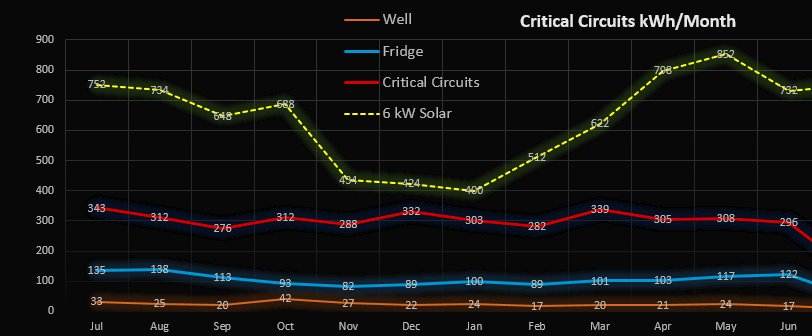
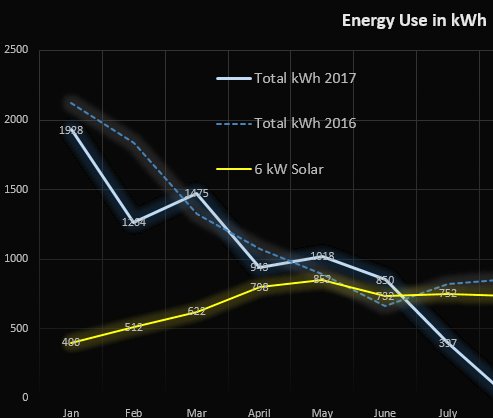
 RSS Feed
RSS Feed